For decades, many U.S. companies moved their manufacturing operations to low-cost countries. As a result, the trade deficit ballooned and millions of American manufacturing jobs were lost. The nation gave up its leadership and competitive advantage in many sectors.
“We’re going to restore America’s competitive edge by passing tax cuts and reform that makes America the best place in the world to hire, invest, and to grow,” said President Donald Trump in Bismarck, North Dakota, on Sept. 6.
Trump’s business-friendly policies, including tax reform and deregulation, have raised business optimism since the election and encouraged companies, especially manufacturers, to spend more.
The U.S. manufacturing sector gained 36,000 jobs in August, the third consecutive month of strong gains. Manufacturers have added 155,000 jobs since the election in November last year.
After years of underinvestment, there was a sharp increase in equipment, technology, and structural spending in the second quarter of this year.
Despite the political gridlock in Washington, manufacturers are optimistic that tax reform will be enacted.
“U.S. businesses believe this and have increased business investments already in anticipation of it being done,” said David Farr, chairman and CEO of Emerson and chairman of the National Association of Manufacturers (NAM), in a speech at the Economic Club of New York on Sept. 6.
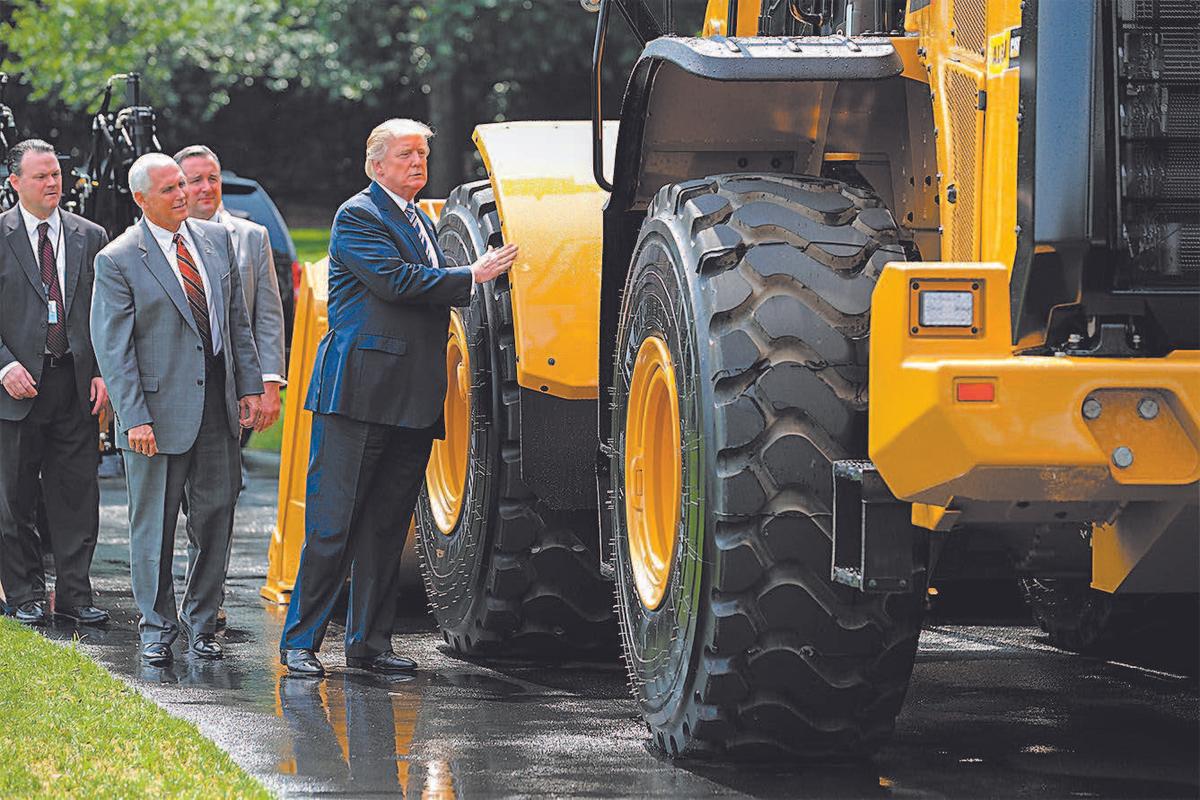
U.S. manufacturing activity hit a six-year high in August, according to a report from the Institute for Supply Management. The index of factory activity increased 2.5 percent, to 58.8, in August compared to July, signaling an expansion in sales, inventory, and employment.
“If we’re going to keep this momentum going and allow the economy to truly take off as it should, it is vital that we reduce the crushing tax burden on our companies and on our workers,” said Trump, before meeting with congressional members on tax reform on Sept. 5.
The current U.S. corporate tax rate is 35 percent plus an average state rate of 4 percent. The combined rate of approximately 39 percent is the highest among member countries of the Organization for Economic Cooperation and Development (OECD). The average tax rate among the 35 OECD members is 24 percent.
France, Germany, Canada, Japan, Ireland, Mexico, and China all have lower corporate tax rates than the United States.
“America’s high tax rates punish companies for doing business in America and encourage them to move to other countries,” said Trump.
He accused past Washington policies of pushing industries and firms offshore. “Our tax plan represents a sharp reversal from the failed policy of the past,” he said.
Although the administration has not announced the specifics of the tax reform, Trump has said he wants to slash the top corporate tax rate from 35 percent to 15 percent.
Farr blamed previous administrations for putting American firms at a competitive disadvantage with high tax rates, during his speech at the Economic Club of New York.
“Why is Washington, D.C., making it harder for America to win in the world? This is so stupid, so dumb, from my perspective, and so self-destructive,” he said.
“If you are defending the current tax code, then you have to defend a manufacturing worker in Ohio losing his or her job to a worker overseas.”
A 2015 NAM study found that over a 10-year period, a pro-growth tax reform could create over 6.5 million jobs, add more than $12 trillion in GDP, and increase investment by more than $3.3 trillion.
‘Backward and Unfair’
While the current tax code is not the only problem U.S. manufacturers face, it is one of the biggest and most damaging, according to Farr.The tax system has a disproportionate impact on manufacturers, especially small ones. He calls the system backward and unfair since nearly two-thirds of manufacturers pay taxes at individual tax rates as pass-through entities, with marginal tax rates of up to 44 percent.
Most people think manufacturers are large enterprises, but the reality is the majority of NAM members are small- and medium-sized companies, said Chad Moutrey, chief economist at the NAM.
“We want to make sure that the administration does not leave those smaller companies in a lurch,” he said.
Bringing back the “trillions of dollars in wealth that’s parked overseas” is another objective of Trump’s tax reform.
The existing “worldwide” tax system double-taxes the foreign income of U.S. companies as soon as these earnings are repatriated. In other words, U.S. companies have to pay U.S. tax on top of what they already pay in foreign countries, and that is why they prefer to keep the money offshore rather than reinvesting it back in the United States.
“We have to stop punishing global U.S. companies when they reinvest overseas earnings back into the United States,” Farr said.
“Since Emerson is headquartered in St. Louis, we pay taxes on overseas earnings brought back home while our foreign competitors do not—another negative competitive issue for global U.S. companies,” he explained.
Tax reform aims to resolve the double-taxation problem by moving from a “worldwide” tax system to a “territorial” system, in which the companies would be exempt from paying taxes on most or all of their foreign incomes.
Also, manufacturers want a robust capital cost-recovery system. This allows fast capital expensing and hence lowers the after-tax cost of equipment, for example.
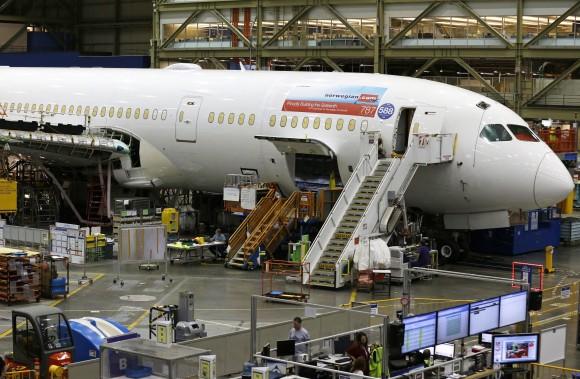
“Manufacturing is a capital intensive industry. Being able to recoup those costs allows manufacturers to spur greater investments and job growth,” said Chris Netram, vice president of tax and domestic economic policy at NAM.
Deregulation Efforts
U.S. manufacturers who face excessive regulatory burdens have already started seeing the results of Trump’s deregulation efforts.The Trump administration has pushed hard on slashing regulations, removing 860 final and proposed regulations in the first six months, according to the Office of Management and Budget.
In August, Trump signed a new executive order to speed up the environmental review and permitting process for infrastructure projects, which takes an average of seven years under the current system.
These efforts, coupled with recovery in the global economy, have encouraged manufacturers to invest in the United States.
“We have actually been gaining a lot of traction lately. A lot more manufacturing investment has been taking place in the United States,” said Moutrey.
Manufacturers are also investing heavily in disruptive technologies, including autonomous vehicles, nanotechnology, augmented reality, and smart, connected products, he said.
However, there is a big challenge that manufacturers will face over the next decade: a skills gap, with a shortage of skilled workers.
The United States has a generational skills deficiency in many critical technical areas. For example, the average age of skilled machinists, such as CNC machine operators who use computers to control machine tools, is roughly 59, said Gary Pisano, professor of business administration at Harvard Business School.
The United States will have about 3.5 million new manufacturing jobs over the next decade. However, about 2 million are expected to go unfilled because of the skills gap, according to a report by Deloitte Consulting and the Manufacturing Institute.
Manufacturers have already started seeing a serious shortage of qualified applicants for skilled and highly skilled production positions, according to the NAM.
With the economy getting closer to full employment, it will be an even bigger challenge for manufacturers, Moutrey said.
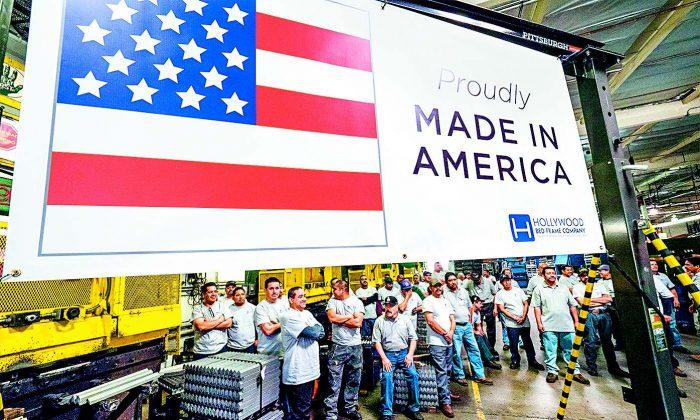

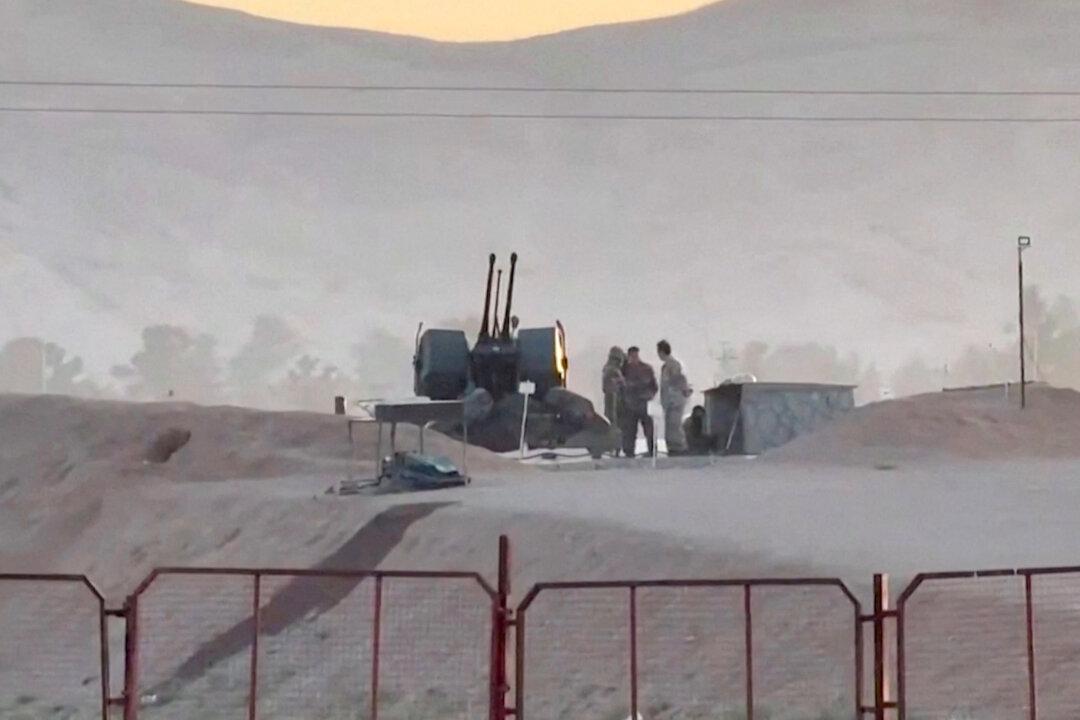
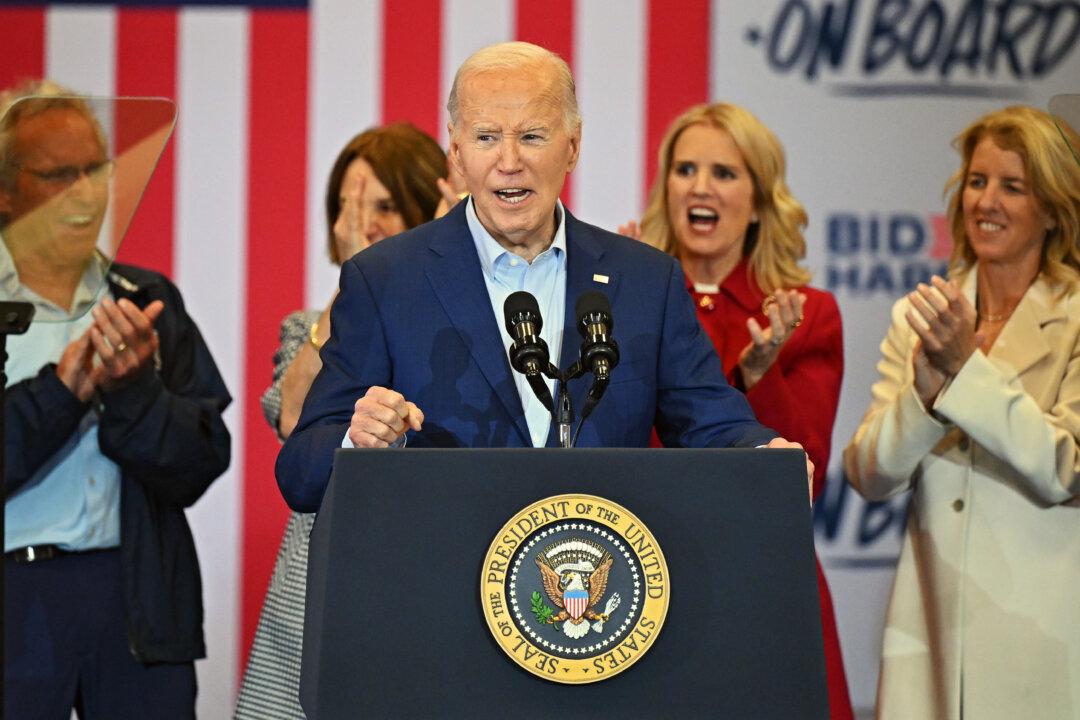
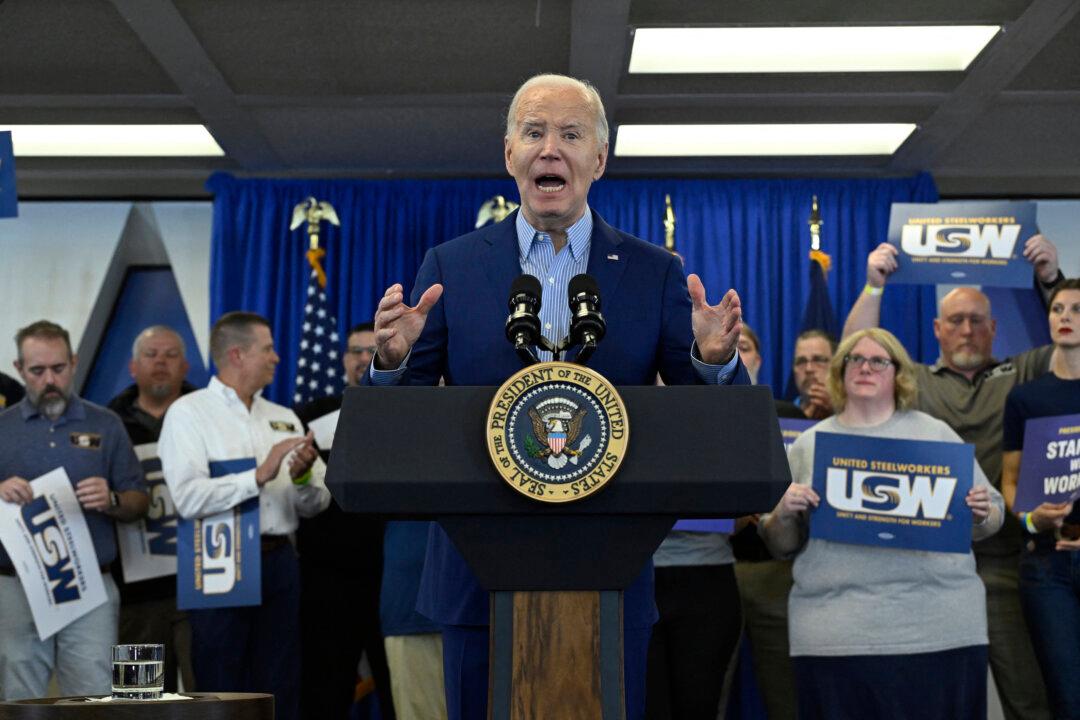
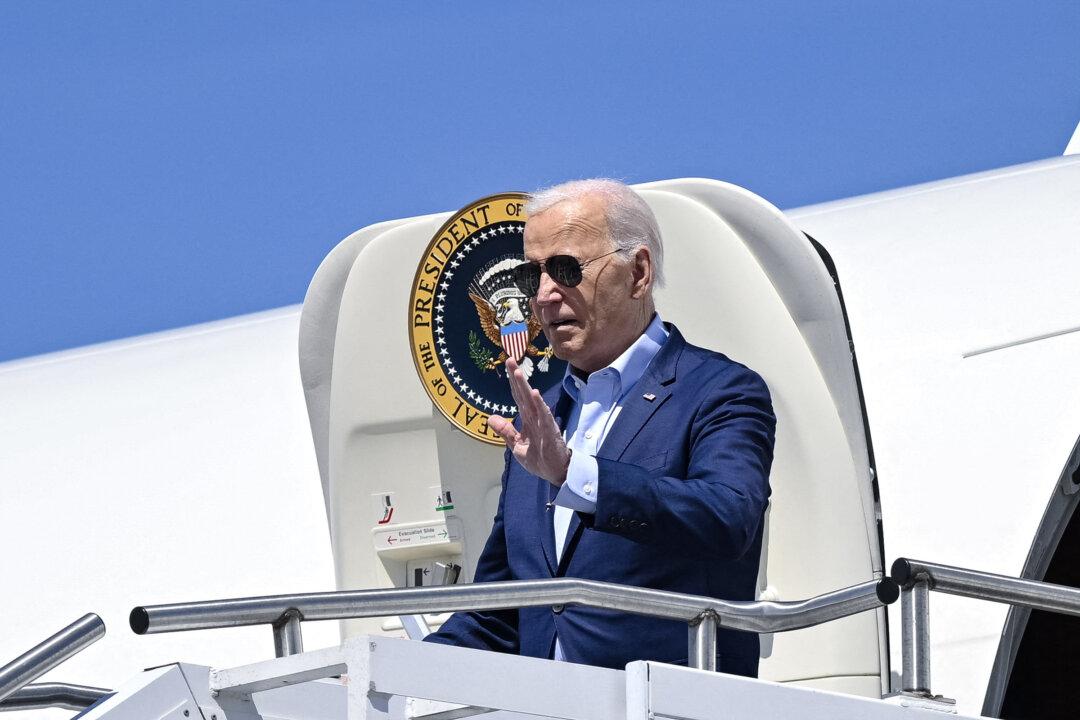
Friends Read Free